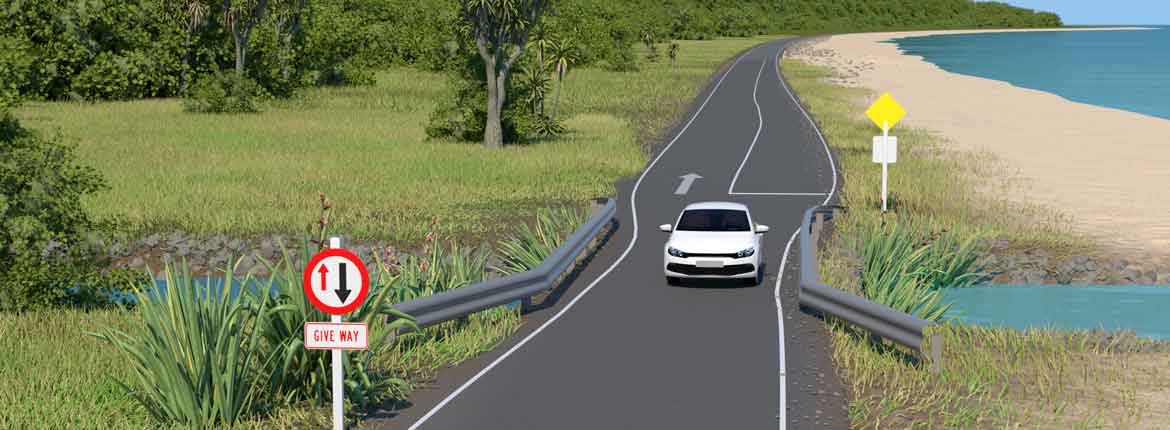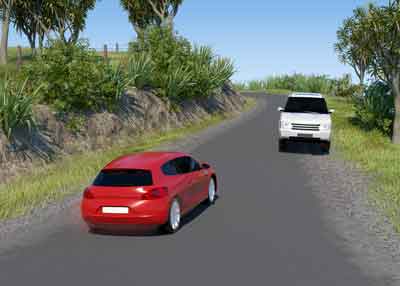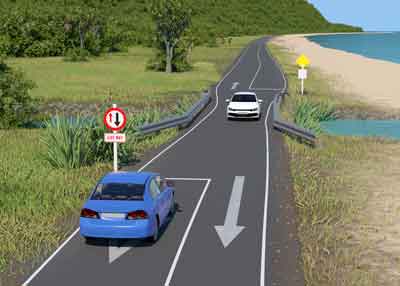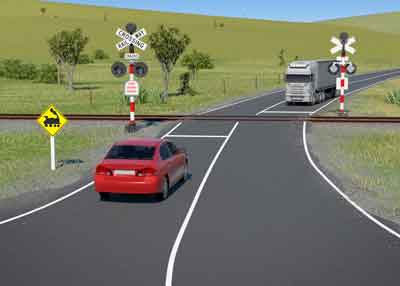
Road rules: Safe summer motoring
As summer approaches, many of us will be heading to the bach, beach or bush. Such classic Kiwi holiday spots are often in isolated locations and the roads to them can be challenging.
Coastal and rural roads are often narrow and winding; they can include hair-pin bends with small shoulders, are sometimes unsealed and usually have no street lighting.
If a road is unsealed, increasing your following distance is important to allow for the fact the road surface gives less traction if you need to stop quickly; gravel acts as a roller between your wheel and the road surface. Keeping left will minimise the chance of stone chip damage to your vehicle from gravel flung up by other motorists.

Be careful when driving downhill on gravel roads. Slow down, avoid braking suddenly and steer smoothly, avoiding sudden changes of direction. On steep, narrow roads it is easier for vehicles moving downhill to give way to uphill traffic.
When approaching a corner or a hill, travel at a speed that you can safely stop within the visible stretch of road in front of you.
Thoroughly scan the road, looking for other road users, livestock, forestry vehicles and any road signage that alerts what’s ahead or what to be mindful of.
If traffic is building up behind you, pull over when it’s safe to do so and allow it to pass.

You may encounter one-lane bridges on your journey where motorists travelling in one direction must give way to vehicles driving the opposite way. Slow down, check for oncoming traffic and pay close attention to the road sign displayed before the entrance of the bridge which indicates who is required to give way.
Be extra vigilant at railway crossings, as only about half of New Zealand’s crossings have automated warning alarms; the rest feature stop or give way signs only. If, on approach, the red lights are flashing or you hear the alarm bells sounding, stop and wait until it ceases.

Always scan left and right and ensure you have enough space for your vehicle on the other side of the train tracks before proceeding.
Reported by AA Motoring for our AA Directions Summer 2019 issue
